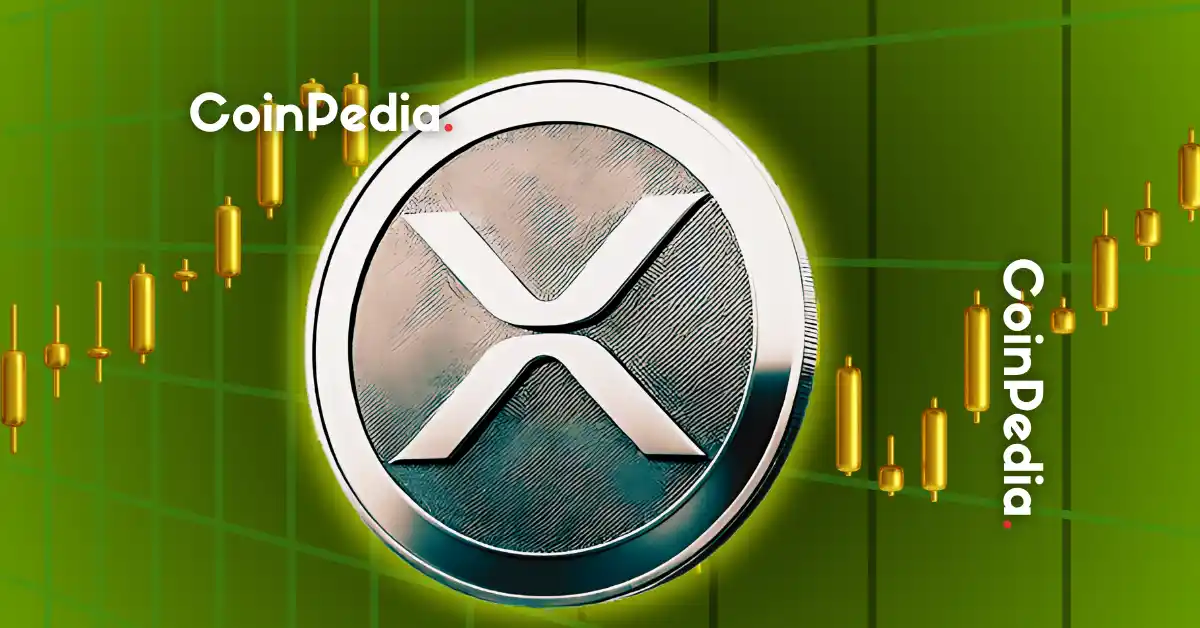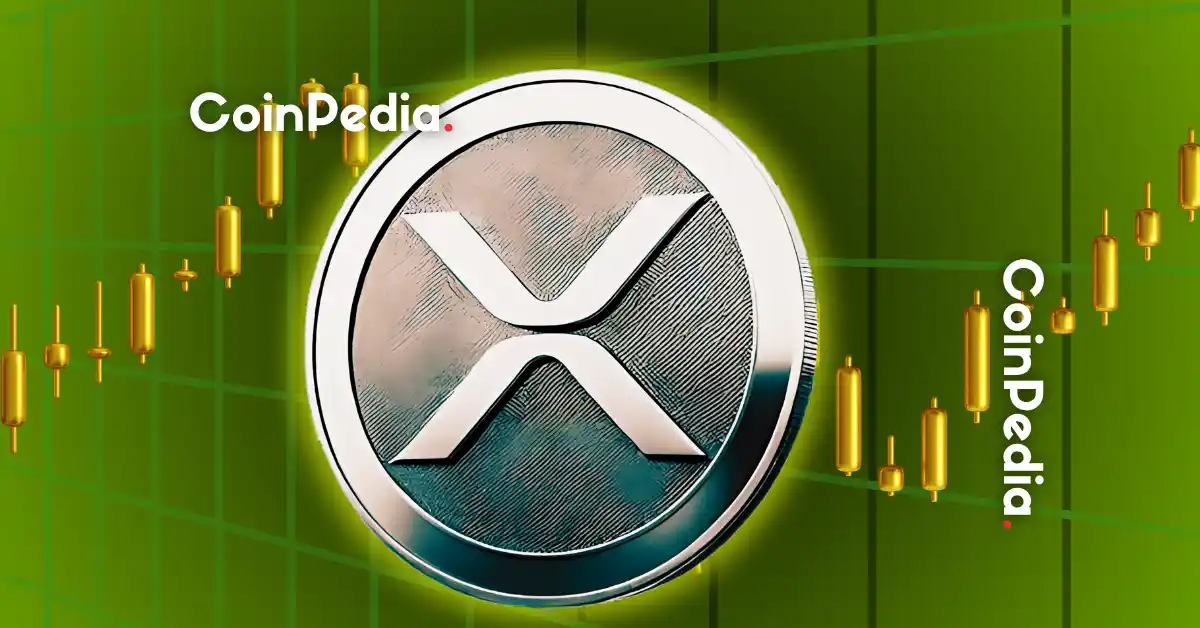Understanding XRP’s Current Investment Potential
XRP, the digital asset native to Ripple’s payment ecosystem, has recurrently drawn investor attention due to its notable price movements and the unique value proposition it offers in the realm of cross-border payments. Recently, XRP’s price surged approximately 4.5% within 24 hours, hovering around the $2.15 to $2.30 mark, marking a substantial gain in a volatile market. This rally comes on the heels of increasing institutional interest, regulatory developments, and technological integrations that warrant a deeper look into whether XRP represents a compelling investment opportunity at this juncture.
Regulatory Clarity: A Double-Edged Sword
One of the pivotal factors influencing XRP’s market sentiment is its evolving legal landscape. The long-standing regulatory uncertainty surrounding Ripple Labs’ legal battle with the U.S. Securities and Exchange Commission (SEC) has cast a shadow on XRP’s potential. However, recent indications of strengthening legal clarity have bolstered investor confidence.
Ripple’s ability to articulate XRP’s utility rather than classify it as a security has gained ground, leading many analysts to speculate that a favorable or at least more definitive resolution may be forthcoming. This clearer regulatory framework can unlock significant institutional capital, considering many regulated entities have been on the sidelines due to compliance concerns.
That said, regulatory risks remain non-trivial. Even with positive momentum, the legal environment demands ongoing monitoring, as decisions can sway XRP’s valuation markedly either way. The SEC’s ongoing scrutiny and potential future actions could introduce volatility, making it essential for investors to stay informed about legal developments.
Institutional Adoption and Market Momentum
Institutional interest in XRP has grown markedly. Whale activity—the movement of large holdings—and robust investor communities are tangible signs of increasing faith in XRP’s long-term prospects. This institutional accumulation is partly driven by XRP’s integration within financial networks, hedge funds, and digital asset stockpiles managed by government-related entities. On-chain activity is on an upswing, with Ripple’s ledger supporting post-trade services and transaction flows indicative of growing utility.
Moreover, XRP has witnessed impressive market performance over the past year, showing growth upwards of 300% in some reports. This rally partially reflects optimism around potential Exchange-Traded Fund (ETF) approvals linked to cryptocurrencies, which could inject fresh liquidity and mainstream acceptance into the market.
However, some voices caution that despite XRP’s strong momentum, the market’s natural cooling phases could introduce short-term dips. Thus, timing entry points gains importance for potential investors. The cryptocurrency market is known for its cyclical nature, and XRP is no exception. Investors should be prepared for potential corrections and volatility as the market adjusts to new information and trends.
Price Forecasts and Comparative Outlook
Projections for XRP’s price in the medium term vary but generally point to significant upside potential. Some market pundits forecast that XRP could challenge or even surpass major cryptocurrencies like Ethereum in market value within several years, suggesting gains upward of 150% by 2028.
Price forecasts for the next 12 to 18 months anticipate XRP stabilizing or surpassing the $2.16 to $2.50 range, with bullish scenarios seeing prices climb much higher, possibly hitting $7 or more under optimal conditions. However, this bullish view is tempered by cautionary notes about XRP’s high volatility and the intrinsic unpredictability inherent to the crypto market.
For investors, XRP may not be ideal for speculative, short-term trading due to these ups and downs but may present a valuable medium- to long-term opportunity, particularly as blockchain-based financial applications broaden. The long-term potential of XRP is tied to its utility in cross-border payments and its ability to integrate with traditional financial systems. As more institutions adopt blockchain technology, XRP’s role as a bridge currency could become increasingly important.
Ripple’s Unique Position in the Crypto Landscape
XRP distinguishes itself from other cryptocurrencies like Bitcoin or Ethereum through its explicit focus on revolutionizing cross-border payments and financial messaging. Ripple’s network facilitates faster, cheaper international transfers which appeals directly to banks and remittance services.
This use case sets XRP apart and could underpin stronger real-world utility, a factor that could support sustained demand beyond mere speculative interest. The ongoing integration of Ripple technology into institutional financial workflows and the potential for XRP to serve as a bridge currency highlight its role not just as an investment vehicle but as an operational digital asset.
Ripple’s partnerships with major financial institutions and its focus on regulatory compliance further enhance XRP’s credibility. As more banks and financial services adopt Ripple’s solutions, the demand for XRP could increase, potentially driving its price higher. The company’s efforts to expand its ecosystem and improve its technology could also contribute to long-term growth.
Risks and Considerations
While XRP’s prospects are promising, investors must weigh several risks:
– Regulatory Uncertainty: Despite recent progress, final outcomes from regulatory scrutiny, especially in the U.S., remain uncertain and could profoundly impact XRP’s legal and market status.
– Market Volatility: Like most cryptocurrencies, XRP experiences significant price volatility, which could lead to rapid loss as well as gain.
– Competition and Technological Changes: The broader crypto ecosystem evolves fast, and new innovations or competing networks may challenge XRP’s position.
– Investor Sentiment and Speculation: XRP’s price often responds to speculation around lawsuits, ETFs, and partnerships, which can induce sharp price swings uninformed by fundamental value changes.
Investors should also consider the broader economic environment, as macroeconomic factors such as interest rates, inflation, and geopolitical events can impact cryptocurrency markets. Additionally, the competitive landscape within the crypto space is fierce, with numerous projects vying for market share. XRP’s ability to maintain its competitive edge will be crucial for its long-term success.
Conclusion: A Calculated Opportunity with Caveats
XRP’s recent price spikes, increasing institutional interest, and improving regulatory outlook collectively signal that it could be an attractive investment for those with a medium- to long-term horizon and a tolerance for risk. Its unique utility in cross-border finance positions XRP well amidst growing global demand for efficient digital payment systems.
Nonetheless, the path ahead remains complex, with significant risks tied to legal outcomes and market volatility. Investors should approach XRP with a balanced mindset—acknowledging its strong growth potential while preparing for the inherent uncertainties in this dynamic sector.
In sum, XRP presents a fascinating investment proposition today, but one that merits careful consideration and ongoing vigilance in monitoring both market and regulatory developments. As the cryptocurrency market continues to evolve, XRP’s role and potential will likely be shaped by a combination of technological advancements, regulatory clarity, and institutional adoption. Investors who stay informed and adaptable may find XRP to be a valuable addition to their portfolios.












